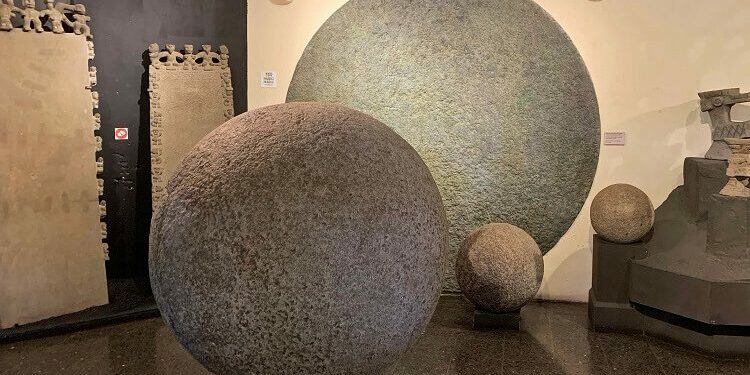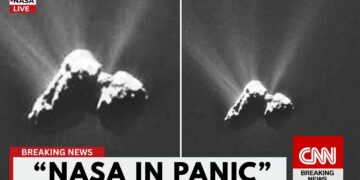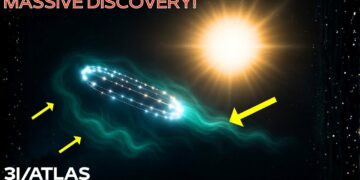The ancient, enormous stone spheres in Costa Rica in the Disqus Delta, in southern Costa Rica, are regarded as one-of-a-kind evidence of the sophisticated social, economic, and political institutions that existed between AD 500 and 1500.
The function of the tremendous Pre-Columbian stone spheres, which range in diameter from 0.7m to 2.57m, has long captivated experts.
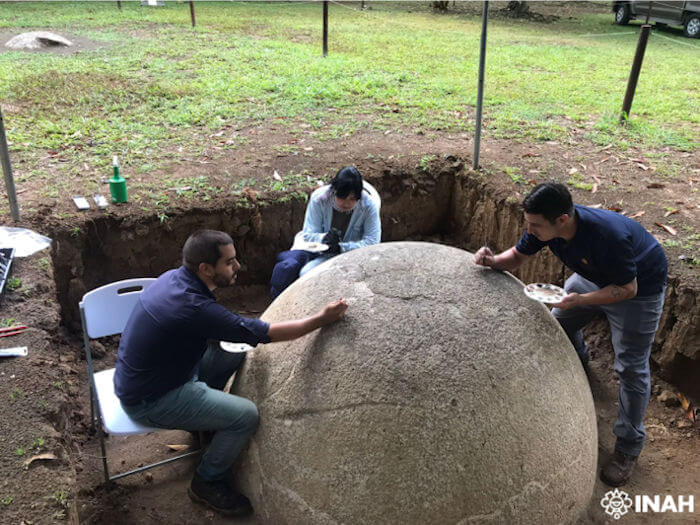
The Disqus civilization left behind the Pre-Columbian petrospheres. Previously, 300 stone spheres were discovered during excavations. The spheres were found at four different archaeological sites in the area.
Many stone spheres are orientated east-west, representing dawn and sunset, indicating that the Disqus civilization was engaged in astronomy.
The Diquis civilization was a Costa Rican pre-Columbian indigenous society thrived from AD 700 to 1530. In the Boruca language, the term “diqus” signifies “great waters” or “great river.” The Diquis was part of the Greater Chiriqui civilization, encompassing southern Costa Rica and western Panama.
A binational project overseen by the Federal Ministry of Culture, in collaboration with the National Institute of Anthropology and History (INAH) and the National Museum of Costa Rica (MNCR), investigates, preserves, and restores the ancient stone spheres of the Disqus delta region in the Central American country’s south.
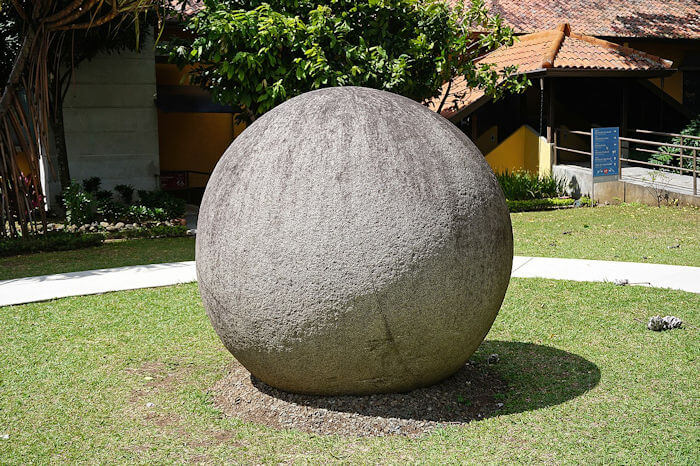
Scientists also warn that traces left by the banana corporation that exploited Central American fields in the twentieth century posed a threat to the ancient stone spheres.
The organizers of the binational initiative, Isabel Medina-González, archaeologist and restorer of the ENCRyM-INAH, and Javier Fallas Fallas, the MNCR, noted that the spheres identified as B and D required more major efforts based on the ‘life story of each one.
As a preventative conservation step, the complete conservation-restoration procedure in spheres B and D, measuring 1.91 and 1.92 meters in diameter, respectively, began with their uncovering.
“ The intervention included surface cleaning and stabilization through edging and patches of enriched lime-sand mortar, to slightly increase the hardness and the placement of protective layers with these mortars in the relevant places,” Isabel Medina-González added.
“Subsequently, the volumetric and chromatic reintegration was carried out to rebury the elements with layers of geotextile, gravel, and sand around them.
“We have verified that this allows a homogenization of temperature and humidity, avoids contact with the acidity of the clay soil, and prevents the growth of vegetation in the vicinity,” Javier Fallas stated.
He also stated that experts are working to prevent future harm to Costa Rica’s spheres by providing interim protection. This will be accomplished by erecting roofing over the affected areas this season.
The spheres of the Disqus river delta are an example of indigenous sculptors’ ability. The site has been on the World Heritage List since 2014, owing to its exceptional universal importance.

